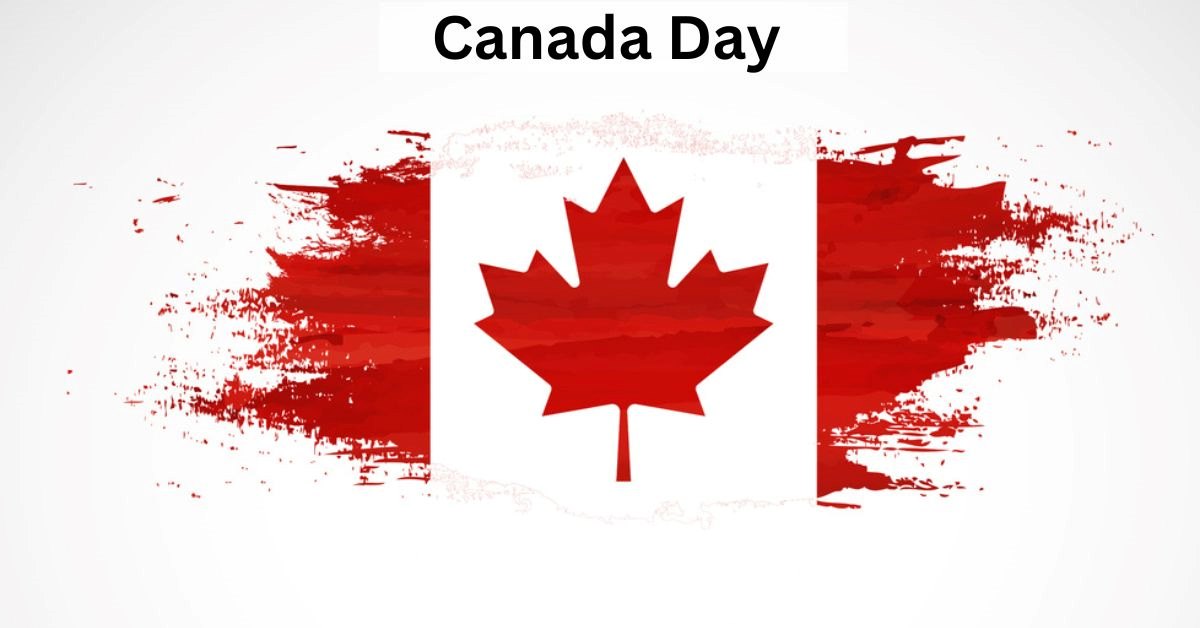Canada Day is a national holiday in Canada that celebrates the anniversary of Canadian Confederation. It takes place on July 1 each year and marks the day in 1867 when three British colonies joined together to form the Dominion of Canada.
The idea of a unified Canada had existed for many years, but it was not until the mid-19th century that the political will emerged to make it a reality.
The colonies, which are Nova Scotia, Upper Canada (now Ontario), and Lower Canada (now Quebec), faced a number of challenges, including economic instability, political instability, and the threat of American expansionism.
They believed that by coming together they would be stronger and better able to address these challenges.
The Canadian Museum of History states: “This legislation, passed by the British Parliament, created Canada as a new internally autonomous federation, composed of the provinces of New Brunswick, Nova Scotia, Ontario and Quebec, on July 1, 1867.
“The British North America Act (now the Constitutional Act) established the distribution of responsibilities and powers of the new federation for each level of government and the rights of its inhabitants.” he added.
Canada Day is the day of Canadians. After all, our country wouldn’t be what it is today without the people who built it, or those who continue to build it every day. To those I saw at today’s events in Ottawa and to everyone across the country: Happy Canada Day! pic.twitter.com/24xcgKBJb4
– Justin Trudeau (@JustinTrudeau)
July 1, 2022
What is Canadian History Day?
Canada Day is Canada’s national day. It is celebrated on July 1 of each year to commemorate the anniversary of Canadian Confederation, which occurred on July 1, 1867.
On that day, the British North America Act of 1867 (now known as the Constitution Act of 1867) was passed, uniting the three separate colonies: Upper Canada (now Ontario), Lower Canada (now Quebec), and New Scotland became a single dominion within the British Empire called Canada.
The first Canada Day celebrations were held in 1868. They were relatively modest events, with parades, speeches and fireworks. However, over the years, Canada Day celebrations have become increasingly elaborate, with large-scale festivals and events across the country.
Here is the creation of Canada Day according to the Government of Canada website:
- “July 1, 1867: The British North America Act (today known as the Constitution Act of 1867) created Canada.
- June 20, 1868 – Governor General Lord Monck signs a proclamation requesting all subjects of Her Majesty Queen Victoria throughout Canada to celebrate July 1.
- 1879: A federal law makes July 1 a legal holiday as the “Anniversary of the Confederacy,” later called “Dominion Day.”
- October 27, 1982: July 1, “Dominion Day” officially becomes Canada Day.
How is Canada Day celebrated?
The Canadian government website lists some not-to-be-missed events including fireworks, daytime ceremonies, and a nighttime show.
Aside from that, here are some of the most common ways Canada Day is celebrated:
Parades: There are parades in many towns and cities in Canada. These parades usually feature floats, marching bands, and other performers.
Fireworks: Fireworks are a popular way to celebrate Canada Day. These exhibitions are usually held in major cities and towns.
Barbecues: Canadians love to barbecue on Canada Day. Many people will spend the day grilling food with friends and family.
Music and dance: Concerts and other musical performances are held across Canada on Canada Day. These events usually feature Canadian musicians and dancers.
Festivals: Festivals are held in many cities and towns across Canada on Canada Day. These festivals usually offer food, drinks and entertainment.
Community Events: Many communities celebrate special events on Canada Day. These events may include community picnics, sporting events, or other activities.
In conclusion, Canada Day is a time to celebrate Canada’s history and culture. It is a day to come together as a nation and reflect on the progress that has been made. It is also a day to look toward the future and the many possibilities that lie ahead.
Canada’s history is long and complex. It is a story of First Nations people, European settlers, and immigrants from around the world. It is a story of conflict and cooperation, of growth and change.
Categories: Optical Illusion
Source: sef.edu.vn
